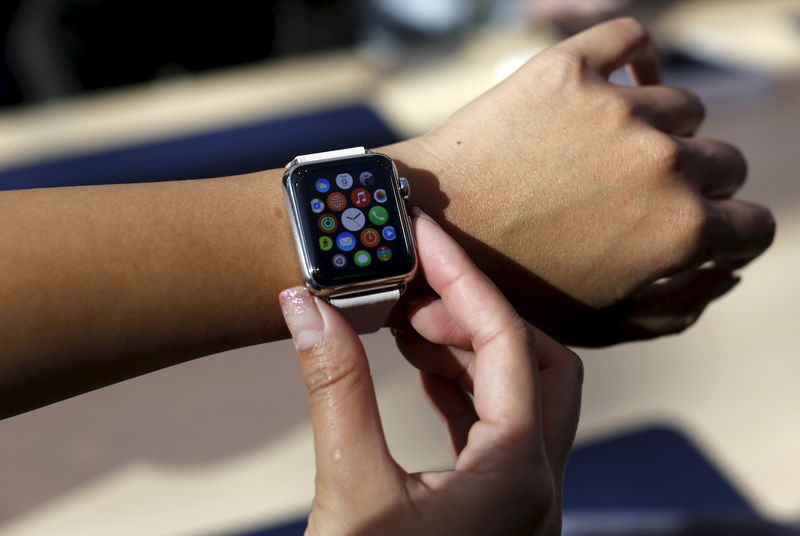Uno has multiple cards starting from cards with numbers to “Skip” it has all. But besides the wild cards, the most interesting card is the “Reverse” card.
The reverse card just changes the direction of the game. If the game is being played clockwise, after someone plays the Reverse card, the game will continue in the counter-clock direction and vice versa.
Official Rules for Uno Reverse Card
Uno reverse cards add spice to the game. It turns the table without any fuss. Uno reverse cards just simply change the direction of the gameplay. For example, if the game was continuing clockwise, after the reverse card, the game would begin anti-clockwise.
For example, if the game started from the dealer’s left side and the third player from the left played the reverse card, then the second player will get another chance and the game will continue onwards.

Now the basic rule of Uno is, a dealer will be chosen from the players. He or she will distribute 7 cards among the players and form a discard pile out of the remaining cards. The cards of the discard pile will be kept upside down so that no one can see them.
To begin the game, the top card will be picked and shown to everyone. All the players have to play a card from their hand that matches the card of the discard pile either by number or by colour.
What happens when the top card is a Reverse card? Then the player to the right of the dealer will get the first chance to play instead of the player sitting on the left side. As per the concern of matching the card, the player can either play any card of the same colour or a Reverse card of any colour.
The Best Use of Uno Reverse Card
Any action card in Uno can change the game in minutes. Besides, these cards hold quite a few points. The reverse card is just like the Skip card. In some cases, even better!
The reverse card lets you turn the direction of the game in your favour. For example, if the player next to you has only one card remaining, you can play the Reverse card and seize their chance.

Using a reverse card allows you to change the order of gameplay, so any adverse consequences of a spiteful card (like the “Plus 2” or “Plus 4”) can be promptly redirected directly to the person who gave it to you. Drawing the Uno reverse card effectively transforms you into an instant karma judge.
Can You Put a Reverse on a Draw 4 in Uno?
According to the basic rules of Uno, you are allowed to reverse on a “Draw 4” card. But there’s a condition for that. Your reverse card has to match the colour of the discard pile’s top card.
The core agenda of a Reverse card is to turn the sequence of the game but it can never remove the impact of an Action card. But the impact of a Reverse card entirely depends on the number of cards other people have in hand.
When it comes to preventing the impact of a “Draw 4” card, then a “Reverse” card does not have to do so. When a player plays the “Draw 4” card, the next player will have to draw 4 cards no matter what. He or she can only prevent himself from drawing by stacking “Draw 4” cards.

Now, what does stack mean? Stacking allows a player to prevent the curse of “Draw 4” as the player also plays a Draw 4 and the next player has to draw 8 cards in total.
In the case of a two-player match, a player can throw the Reverse card over the “Draw 4” card as it will bring the turn back to him. The opposite player will have to draw four cards and turn back to the previous player.
However, the house rule can change the traditional way of playing Uno. Under the house rules, a player can say to match the colour of the Reverse card to the top card of the discard pile and continue playing. The agenda behind this is the player playing the “Draw 4” card gets another turn the sequence of the game changes after the reverse card.
Can You Reverse Draw 2?
Just like “Draw 4” you cannot reverse a “Draw 2” card. The Reverse card only changes the direction of the game. It has no power in preventing the forfeit of any action card like “Draw 2” or “Draw 4.”
Reverse Card Rules for 2 Players
In the case of playing a Reverse card in a game of 2 players, the player who plays the reverse card gets to play instead of the opponent player. As the reverse card changes the direction of the game and there’s only one player, the turn comes back to the player who has played the reverse card.
























